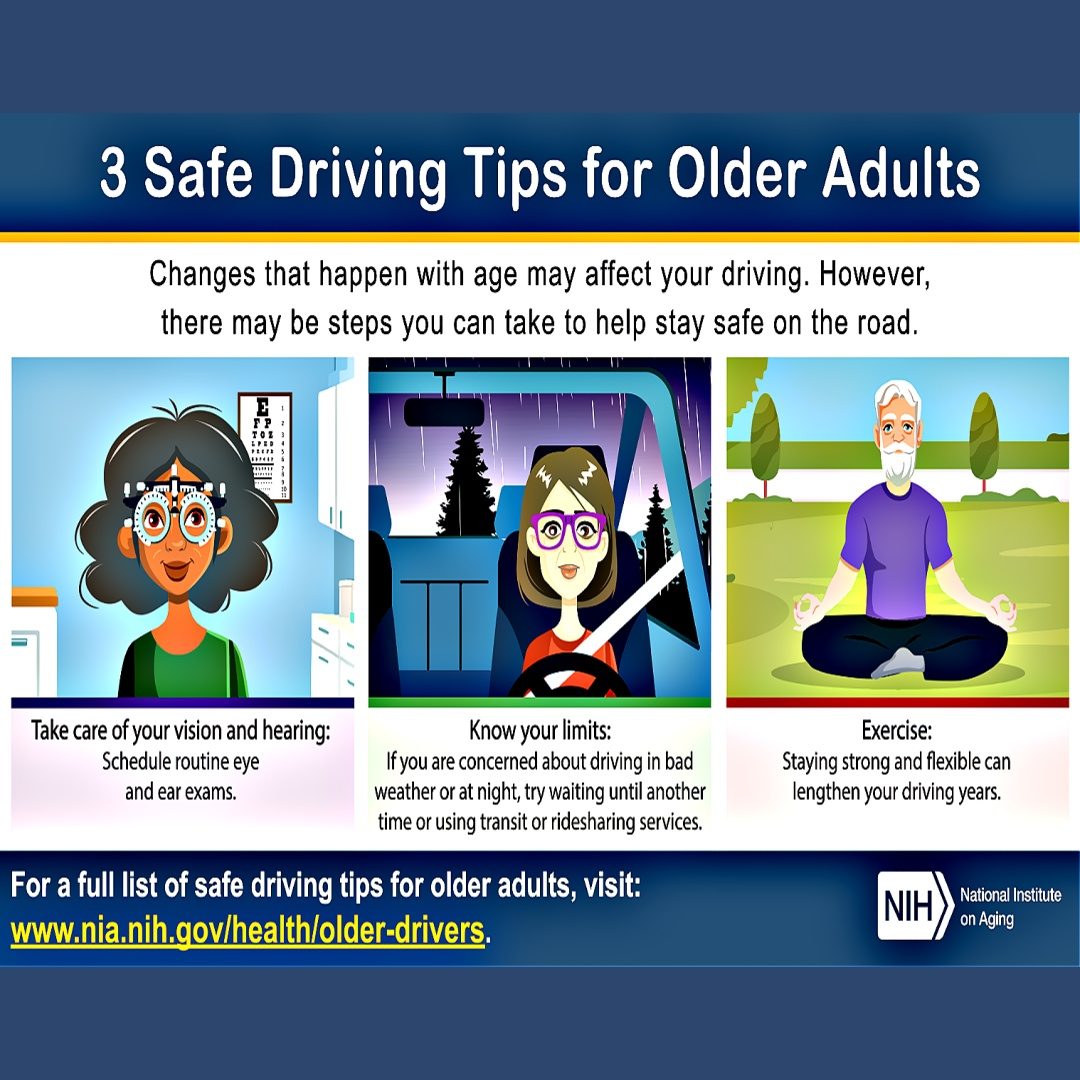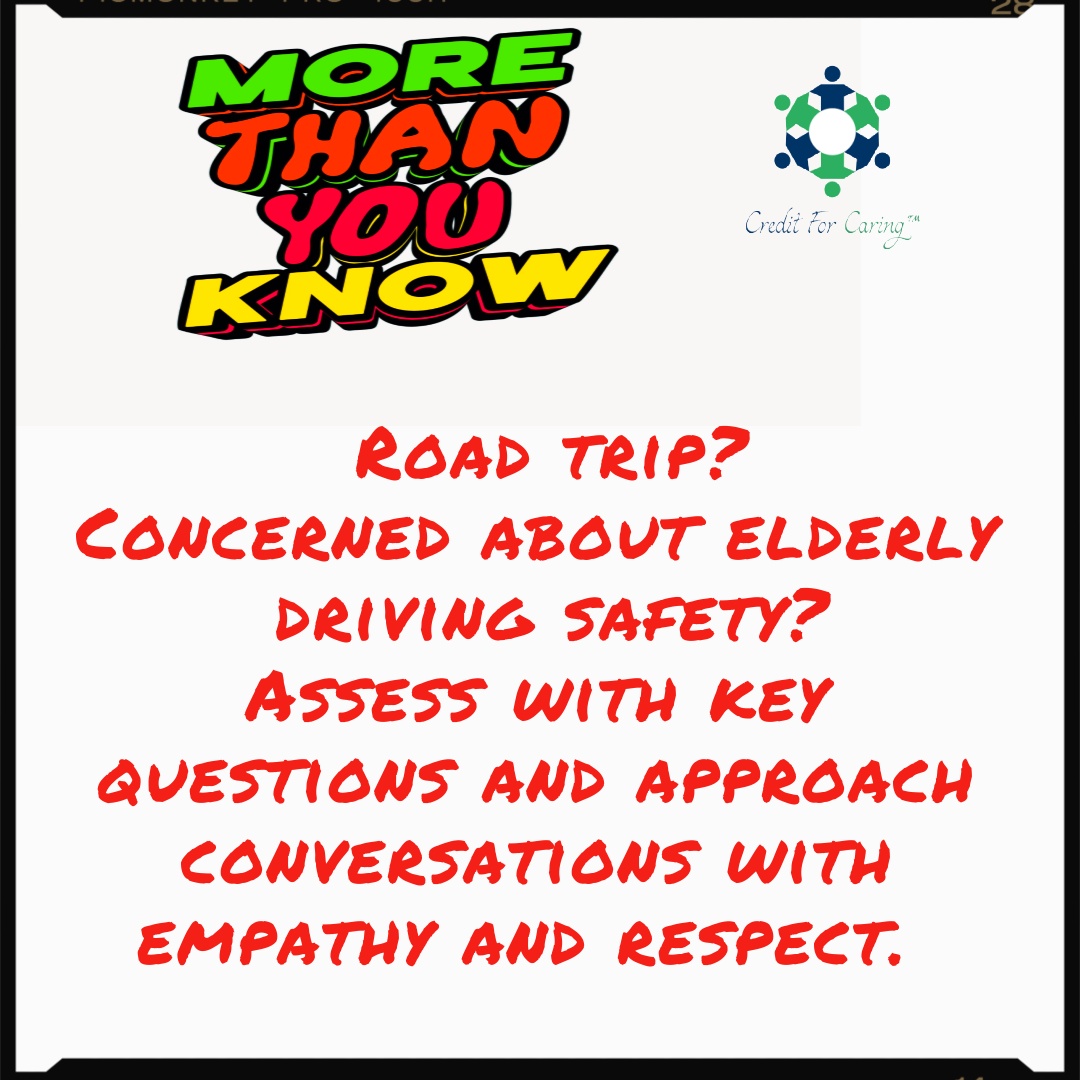To Drive or Ride,
that is the Question.
Today’s transportation options are growing.
Sit back and enjoy the ride.
To Drive or Ride,
that is the Question.
Today’s transportation options are growing.
Sit back and enjoy the ride.
14mm
senior adults live alone
20%
senior adults live in rural areas
1000%
death rate for 65+ compared to middle age in acidients
Be Aware Of Your Changing Abilities
When it comes to safe driving,
it’s not your age that matters.
Most roads are difficult for walkers to safely navigate or distances too great to reach without some form of transportation. More public and private transportation options are emerging each year.
Notes from the Author

Navigating the Road to Safety: Addressing Concerns About Elderly Driving
As a geriatric family physician, one of my primary concerns revolves around the safety of elderly individuals on the road. The issue of elderly driving safety is a delicate matter, often requiring thoughtful consideration and compassionate communication. In this blog post, we will explore key questions to assess the safety of elderly drivers and discuss how to approach the topic with empathy and respect.
Evaluating Elderly Driving Safety:
The safety of elderly drivers can be assessed by considering a series of crucial questions:
- Familiar Routes and Navigation: Does the individual get lost on routes that should be familiar? Difficulty navigating familiar places can be an early sign of potential driving challenges.
- Vehicle Damage: Have there been noticeable dents, scratches, or other damage to the vehicle? Physical signs of accidents or mishandling may indicate issues with driving.
- Police Warnings or Tickets: Has the person received warnings or tickets from law enforcement regarding poor driving performance or violations? Repeated incidents may suggest a decline in driving abilities.
- Recent Near Miss or Crash: Has the individual experienced a recent near miss or crash? Any recent incidents may highlight potential safety concerns.
- Doctor’s Health Recommendations: Has the person’s doctor advised limiting or stopping driving due to health reasons? Medical advice should be taken seriously, as certain health conditions can affect driving capabilities.
- Overwhelmed by Driving Demands: Is the individual overwhelmed by the various demands of driving, such as signs, signals, and road markings? Cognitive overload can impact driving performance.
- Medication Impact: Does the person take any medication that might affect their capacity to drive safely? Some medications can impair cognitive or motor functions critical for driving.
- Inappropriate Driving Behavior: Does the individual stop inappropriately or drive too slowly, impeding the safe flow of traffic? Such behaviors can contribute to road hazards.
- Health Conditions: Does the person suffer from illnesses like Alzheimer’s, dementia, glaucoma, cataracts, arthritis, Parkinson’s, or diabetes that may affect driving skills? Certain health conditions can compromise the ability to drive safely.
Approaching the Conversation with Empathy:
If you answered “yes” to any of the questions above about an older driver, it is crucial to initiate conversations with care, respect, and empathy. Here are some guidelines for discussing safety concerns:
- Caring and Non-Confrontational Communication: Approach the conversation with genuine concern and understanding. Use non-confrontational language to create an open dialogue about safety.
- Offer Viable Alternatives: Provide viable alternatives that prioritize the older driver’s safety without compromising their self-respect and sense of independence. Suggesting alternative transportation methods or exploring shared transportation services can be helpful.
- Observation and Evaluation: Consider taking a ride with the older driver to observe their skills firsthand. This can provide valuable insights into specific areas of concern.
- Encourage Evaluations and Classes: Encourage the individual to undergo vision and hearing evaluations. Additionally, recommend enrolling in an older driver safety class, which can enhance skills and confidence.
- Consult the Physician: Discuss your concerns with the loved one’s physician and seek recommendations. A medical professional can provide insights into health-related issues affecting driving.
Addressing concerns about elderly driving safety requires a delicate balance of empathy, communication, and practical solutions. By asking the right questions, engaging in caring conversations, and exploring alternatives, we can contribute to the well-being of elderly individuals on the road. As a geriatric family physician, my goal is to foster a safer environment for all, ensuring that the aging population can maintain their independence while prioritizing the safety of themselves and others on the road.
Monica Stynchula – CEO / REUNIONCare, Inc.















